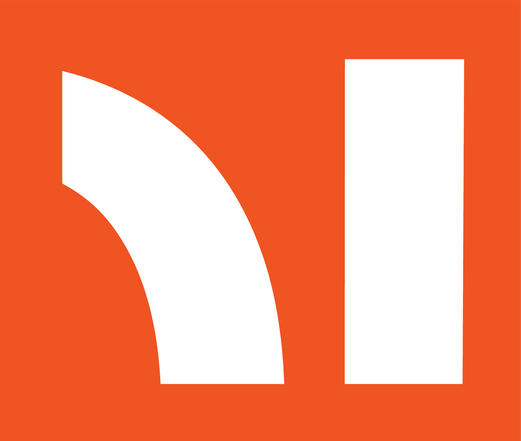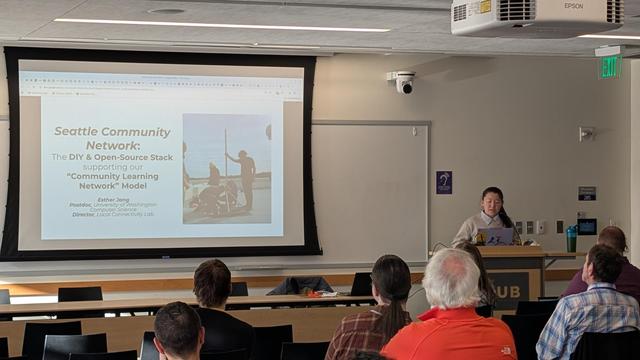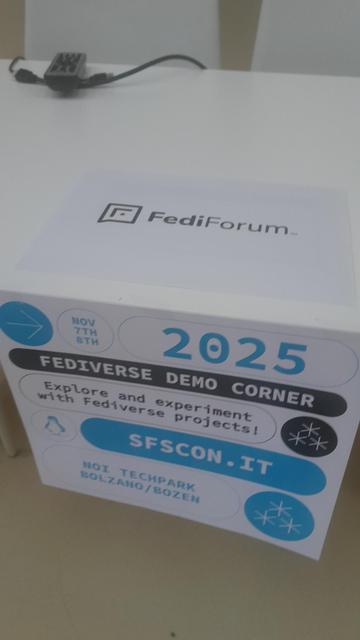Deadline Nov 14
Scholarships in
#Africa #conservation #technology #IoT
#lorawan #networks #kenya
If you are in #Berlin today, join @jaz and me for #DisinfoCon2025 👋
🇪🇺 Only a week before #European #Summit on #digital #sovereignty we will speak about why decentralized #networks like the #Fediverse matter.
I will also speak about an upcoming alliance that demands #EU #public-interest #digital infrastructures.
Norstar 6x16 PBX and M7310 phone disassembly, cleaning
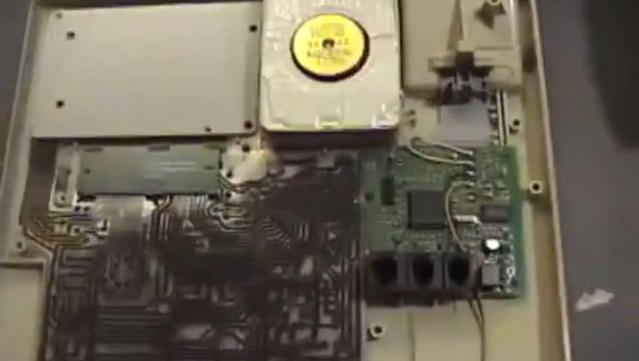
Norstar 6x16 PBX and M7310 phone disassembly, cleaning
Norstar: Second phone unboxing + literature pack
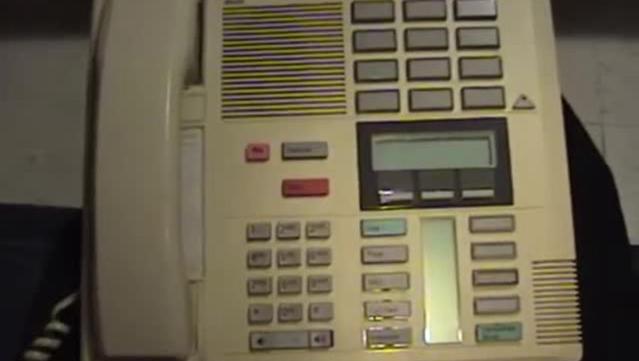
Norstar: Second phone unboxing + literature pack
Thoughts/rambling of getting my own Nortel phone system
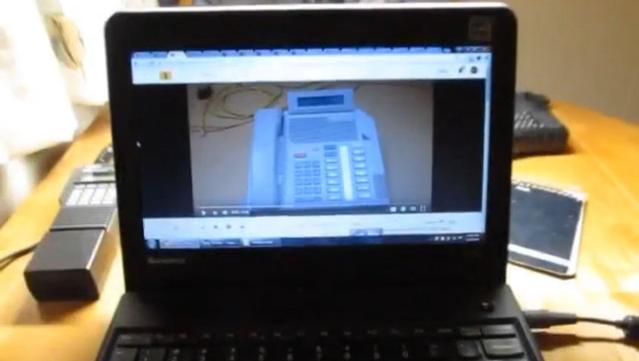
Thoughts/rambling of getting my own Nortel phone system
Our first keynote of day 2 is starting now!
Esther Jang talks about The Seattle Community Network Stack
https://pretalx.seagl.org/2025/talk/NZUCYJ/
#SeaGL2025 #community #networking #networks #openhardware #nonprofit #isp
Please join me and our #Fediadvocats @resieguen @cypherhippie and @eest9 @fediplomacy
as well as initatives as @FediVariety & @digiges #savesocial @D64eV for example.
We need more people to raise voices for #decentralized #networks in #Europe
Just checked in at #SFSCon 🇮🇹
If you re interested in decentralized #networks like the #Fediverse and #open protocols come over and say hi 👋
We'll have a screen with demos and stuff to show you ✨
Main Hall, close to the speakers room.
"Only a handful of doctors in the U.S. regularly perform the operation Olivia needed. Most of them — including Dr. Sheryl Lewin, a pediatric craniofacial plastic surgeon in private practice based in Torrance, California — were out of network for the Olsons."
#healthcare #insurance #networks #surgery #PlasticSurgery #ReconstructiveSurgery #CostsOfCare

